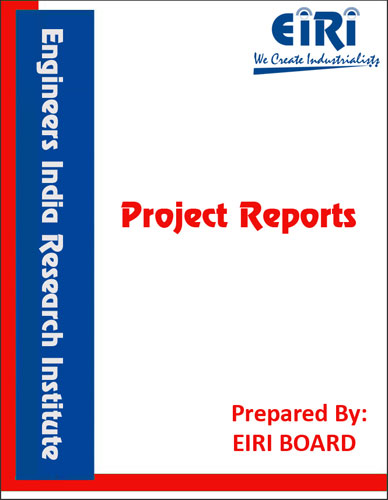BENTONITE AND BENTONITE PROCESSING
The project report includes Present Market Position and Expected Future Demand, Market Size, Statistics, Trends, SWOT Analysis and Forecasts. Report provides a comprehensive analysis from industry covering detailed reporting and evaluates the position of the industry by providing insights to the SWOT analysis of the industry.
We can prepare PROJECT REPORT as per your INVESTMENT PLAN for BANK LOAN REQUIREMENT and INDUSTRY ANALYSIS. All reports are prepared by highly qualified consultants and verified by a panel of experts.
Have Query? Click Here to Chat
Industry Expert is Online, Chat with him for more detail.

“Sodium bentonite is the name for the ore whose major constituent is the clay mineral, sodium montmorillonite. Montmorillonites are three-layer minerals consisting of two tetrahedral layers sandwiched around a central octahedral layer (Figure 1). Oxide anions at the apices of the tetrahedral subunits are directed inward where they surround interior aluminum, iron and magnesium cations, thereby forming the octahedral subunits of the octahedral layer. Bonding, between the shared interior oxide anions and the cations in both the
tetrahedral and the octahedral layers, links the layers together and yields the unique sheet structure characteristic of clay minerals. For montmorillonite, the total negative charge contributed to the structure by the sum of all the oxide anions (O=) is somewhat in excess of the total positive charge contributed by the sum of all the structural cations (Si+4, Al+3, Fe+2, Fe+3, Mg+2) and imparts a slight overall negative charge to the surfaces of the clay sheets. This slight excess negative charge on the sheets is counterbalanced by free-moving (exchangeable) cations which exist between them. These three layers in each sheet comprise individual bentonite platelets which are typically 1 nm in thickness and 0,2-2 microns in diameter. Dry platelets of sodium bentonite are most commonly grouped together in a face-to-face arrangement, with exchangeable cations and small amounts of adsorbed wares in an interlayer region between each platelet. The thickness of the interlayer region is variable depending on the amount of water adsorbed between the platelets.”
PROJECT REPORT COVERS:
- Introduction
- Uses and Applications
- Properties
- Market Survey with future aspects
- Present Manufacturers
- B.I.S. Specifications
- Manufacturing Process with Formulae
- Cost Economics with Profitability Analysis
- Capacity
- Land & Building Requirements with Rates
- List & Details of Plant and Machinery with their Costs
- Raw Materials
- Details/List and Costs
- Power & Water Requirements
- Labour/Staff Requirements
- Utilities and Overheads
- Total Capital Investment
- Turnover
- Cost of Production
- Break Even Point
- Profitability
- Land Man Ratio
- Suppliers of Plant & Machineries and Raw Materials.



